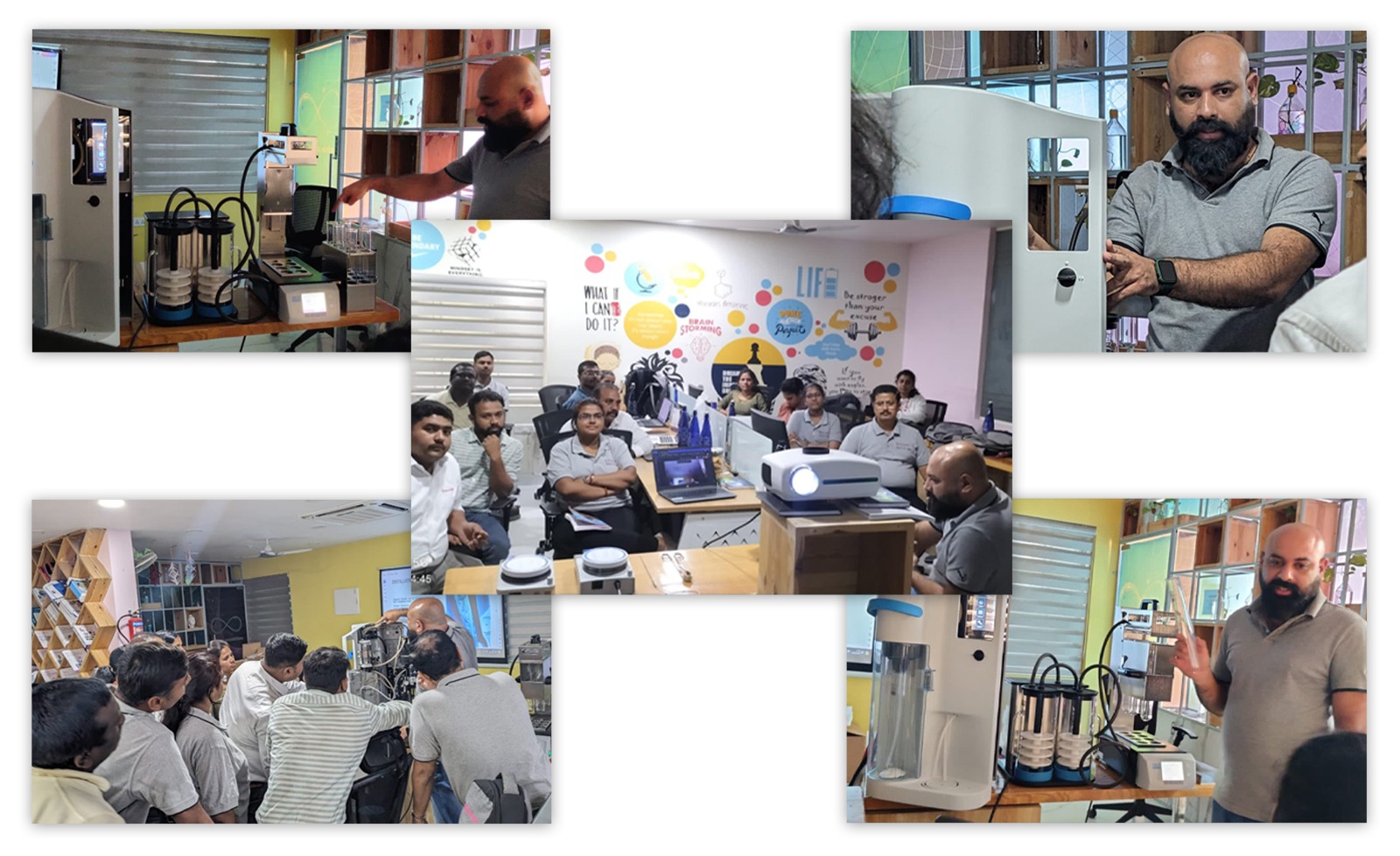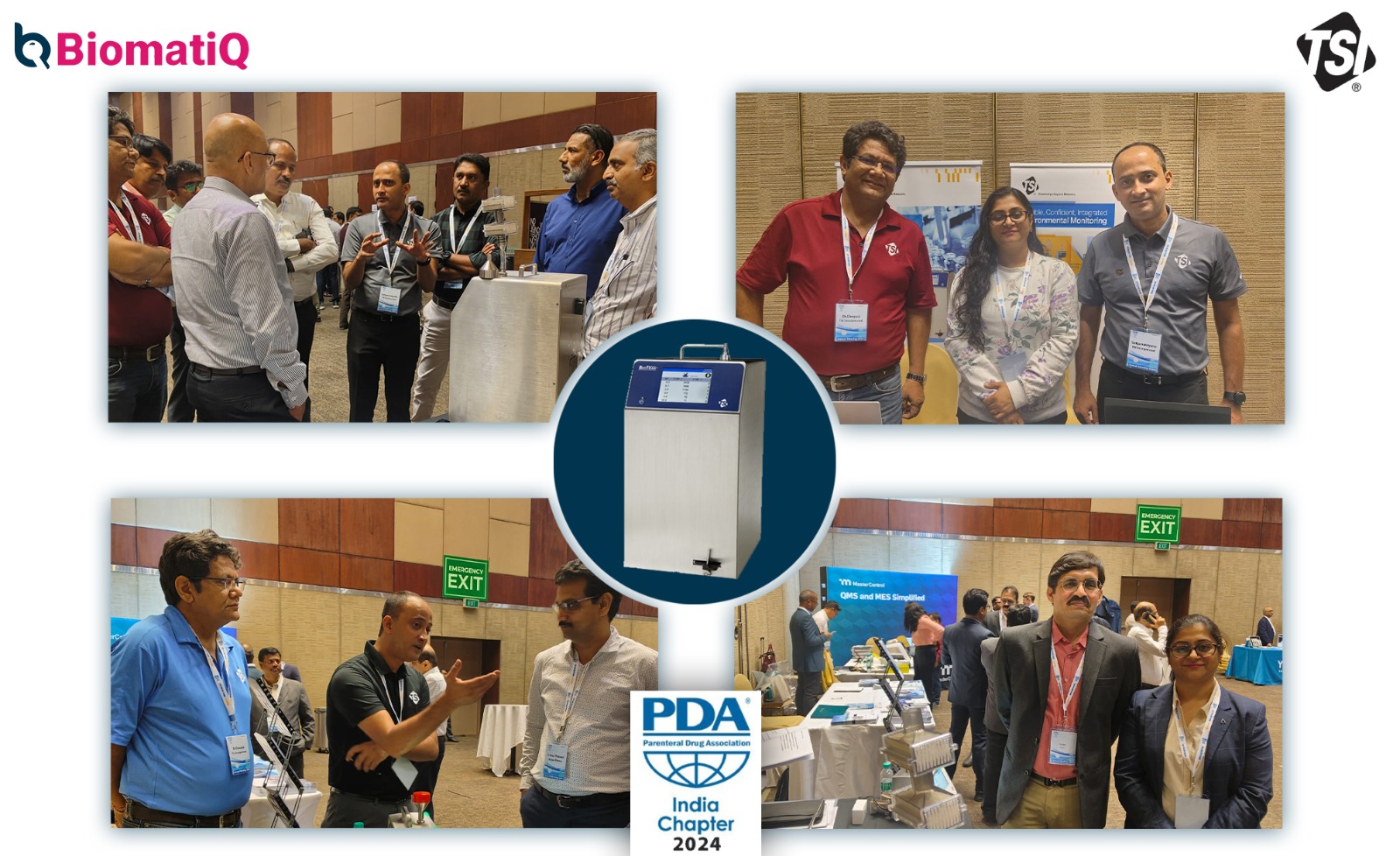As endotoxins are widespread in the environment, they pose a contamination risk for medical devices throughout the entire manufacturing and distribution process. Moreover, endotoxins can induce a powerful pyrogenic response, including fever, inflammation, and even septic shock, if they come into contact with the cardiovascular system, lymphatic system, cerebrospinal fluid (CSF), or intraocular environment. Due to the risk of endotoxin contamination and serious health risks, medical devices with intravascular, lymphatic, intrathecal, or intraocular contact as well as implantable medical devices contacting non-intact tissues should be non-pyrogenic and should undergo rigorous endotoxin testing.
3D printed medical devices and risk of endotoxin contamination
3D printing is based on the design of a 3D model and layer-by-layer stacking or free-style 3D printing. Various types of starting materials, including polymer, metal, ceramic, composite, and bioderived biomedical materials, can be used for 3D printing. Notably, 3D printing is finding broad applications in the manufacture of medical devices due to its high precision and material utilization rate. Examples of widely used medical devices that can be 3D printed include heart valve prostheses, vascular stents, artificial joint prostheses, and orthopedic implants.
Due to the risk for endotoxin contamination, 3D printed medical devices intended to be pyrogen-free should be subjected to regular endotoxin testing. However, 3D printed medical devices often have very small lot numbers, which renders endotoxin testing challenging and may require the development of alternative testing plans for endotoxins.
Alternative plans for endotoxin testing of 3D printed medical devices
Alternative endotoxin testing plans should be designed carefully and may include both end-product and in-process testing. Moreover, they should be developed based on a clear rationale and sampling plan. Recommendations for alternative endotoxin testing plans for medical devices have been outlined in the guidelines of the American National Standards Institute (ANSI)/Association for the Advancement of Medical Instrumentation (AAMI).
Several important considerations when preparing alternative endotoxin testing plans for 3D printed medical devices include:
Reviewing the regulatory requirements to ensure that the alternative endotoxin testing plan is aligned with the regulatory requirements for the device type.
Confirming the consistency of the manufacturing process to ascertain that the obtained endotoxin testing data will be representative of the manufactured devices.
Identifying key manufacturing process steps and control points. For medical devices intended to be non-pyrogenic, process steps, a change in which is likely to affect the level of endotoxins on the product, should be identified.
Conducting a risk assessment will help determine the suitability of an alternative endotoxin testing approach. It should evaluate both the severity and probability of a potential pyrogenic response, and a combination of the severity and probability risk scores can be used to determine an overall risk score.
Identifying, optimizing, and validating the alternative testing plan – The alternative testing plan should be optimized to ensure its reliability and the optimal selection of testing conditions.
Conducting quality control of the alternative endotoxin testing to ensure that the obtained findings reliably assess the risk of endotoxin contamination.






